Troubleshooting Refrigerator Issues
When faced with a refrigerator that is not functioning properly, it’s essential to follow a series of steps to identify and potentially resolve the issue. Below are key troubleshooting methods to address common refrigerator problems:
Checking Power Supply
The first step in troubleshooting refrigerator issues is to check the power supply. Ensure that the refrigerator is plugged into a working outlet and that there are no visible signs of damage to the power cord. Additionally, consider testing the outlet with another appliance to rule out any electrical problems. For more detailed instructions on checking the power supply, refer to the troubleshooting guide provided by GE Appliances.
Verifying Appliance Connection
After confirming the power supply, the next step is to verify the appliance connection. Inspect the power cord for any frayed wires or loose connections. Ensure that the refrigerator is securely plugged in and that the outlet is providing power. If there are any issues with the appliance connection, address them promptly to prevent further complications.
Confirming Circuit Breaker Status
Lastly, confirm the status of the circuit breaker to rule out any electrical issues that may be affecting the refrigerator’s operation. If the circuit breaker was recently tripped due to a power outage, surge, or high electric usage, it could potentially impact the refrigerator’s functionality, especially if specific components like the compressor rely on electricity. Refer to the guidance provided by Mr. Appliance for further insights on how a tripped circuit breaker can impact appliance performance.
By systematically checking the power supply, appliance connection, and circuit breaker status, you can troubleshoot common refrigerator issues effectively and potentially resolve minor problems on your own. These simple steps empower you to take control of appliance maintenance and address issues promptly, saving time and hassle in the process.
Gas Stove Problem Solving
If you encounter issues with your gas stove not functioning properly, there are several troubleshooting steps you can take to diagnose and potentially resolve the problem. Here are some common solutions for gas stove problems:
Gas Supply Inspection
One of the primary reasons for a gas stove not working is a disrupted gas supply. It’s essential to verify that the gas is turned on and that there are no interruptions in the gas line. Sometimes, the gas supply may have been shut off inadvertently by someone in the household or during maintenance work. Ensure that the gas valve leading to the stove is open to allow the flow of gas (Mr. Appliance).
Addressing Tripped Breaker
In the event of a power outage, electrical surge, or high electricity consumption, the circuit breaker connected to the gas stove may trip. If the gas stove has an electric igniter, a tripped breaker can prevent it from functioning correctly. Check the breaker panel in your home and reset any tripped breakers that may be affecting the stove’s operation. Restoring power to the stove can often resolve issues related to the igniter not working (Mr. Appliance).
Cleaning Burner for Optimal Performance
To ensure optimal performance and safety of your gas stove, regular maintenance of the burners is essential. If you notice weak flames or uneven heating on the burners, debris accumulation may be the culprit. Food particles and grease can clog the burner ports, leading to incomplete combustion and potentially the release of harmful gases like carbon monoxide. Clean the burner heads thoroughly by removing any blockages and residue to improve the efficiency and safety of your gas stove (Mr. Appliance).
By performing these troubleshooting steps, you can address common issues that may cause your gas stove to malfunction. Remember to prioritize safety and follow manufacturer guidelines when attempting any repairs or maintenance tasks on your appliances. For more appliance repair tips, refer to our comprehensive guide on appliance troubleshooting and repair.

